Rising Industrial Automation
The Hard Facing Welding Market is poised to benefit from the rising trend of industrial automation. As industries adopt automated processes to enhance productivity, the need for robust and reliable machinery becomes paramount. Hard facing welding plays a crucial role in extending the life of critical components, thereby supporting the seamless operation of automated systems. According to recent data, the industrial automation market is expected to witness significant growth, which in turn is likely to drive the demand for hard facing welding solutions. This synergy between automation and hard facing welding suggests a promising outlook for the industry, as manufacturers seek to optimize their operations and reduce operational risks associated with equipment failure.
Expansion of the Oil and Gas Sector
The Hard Facing Welding Market is significantly influenced by the expansion of the oil and gas sector. As exploration and production activities intensify, the demand for equipment that can withstand extreme conditions is on the rise. Hard facing welding techniques are increasingly utilized to enhance the durability of drilling tools and other critical components in this sector. Recent statistics indicate that the oil and gas industry is projected to grow, which is likely to create a corresponding increase in the need for hard facing solutions. This growth presents a substantial opportunity for the hard facing welding market, as companies strive to ensure their equipment can endure the rigors of oil and gas extraction.
Increasing Demand for Durable Materials
The Hard Facing Welding Market is experiencing a notable surge in demand for durable materials across various sectors, including construction, mining, and manufacturing. As industries seek to enhance the longevity of their equipment, hard facing welding techniques are increasingly employed to improve wear resistance. This trend is underscored by the fact that the global wear-resistant materials market is projected to reach substantial figures, indicating a growing recognition of the benefits of hard facing. Companies are investing in advanced hard facing technologies to ensure their machinery can withstand harsh operating conditions, thereby reducing downtime and maintenance costs. This increasing demand for durable materials is likely to propel the hard facing welding market further, as businesses prioritize efficiency and cost-effectiveness in their operations.
Technological Innovations in Welding Techniques
The Hard Facing Welding Market is witnessing a wave of technological innovations that are transforming traditional welding practices. Advancements in welding technologies, such as laser and plasma welding, are enhancing the efficiency and effectiveness of hard facing applications. These innovations not only improve the quality of welds but also reduce production times and costs. As industries increasingly adopt these advanced techniques, the hard facing welding market is likely to experience growth. The integration of automation and robotics in welding processes further supports this trend, as manufacturers seek to optimize their operations and improve product quality. This technological evolution is expected to play a pivotal role in shaping the future of the hard facing welding market.
Growing Focus on Maintenance and Repair Operations
The Hard Facing Welding Market is benefiting from a growing focus on maintenance and repair operations across various sectors. As companies recognize the importance of maintaining their equipment to avoid costly downtimes, hard facing welding emerges as a viable solution for extending the life of worn components. The maintenance, repair, and operations (MRO) market is projected to expand, which is likely to drive the demand for hard facing welding services. This trend indicates a shift towards proactive maintenance strategies, where businesses invest in hard facing techniques to enhance the performance and reliability of their machinery. Consequently, this focus on MRO is expected to bolster the hard facing welding market, as industries prioritize longevity and efficiency.


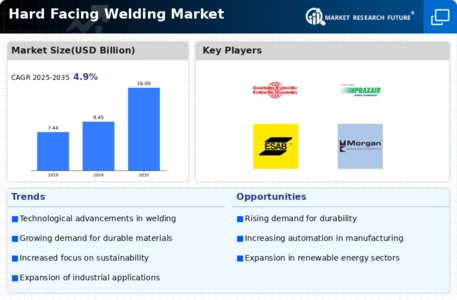
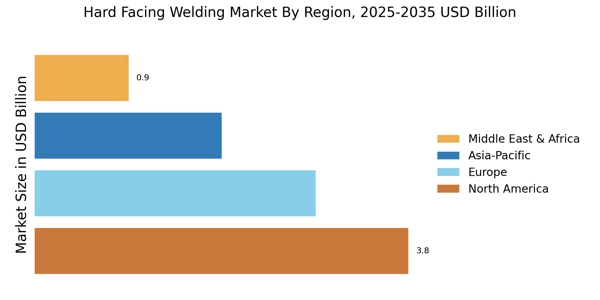
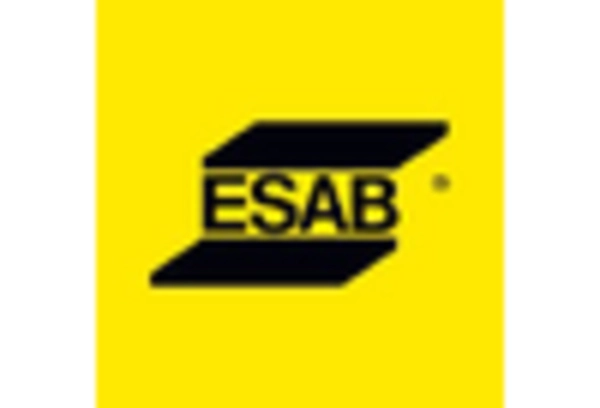

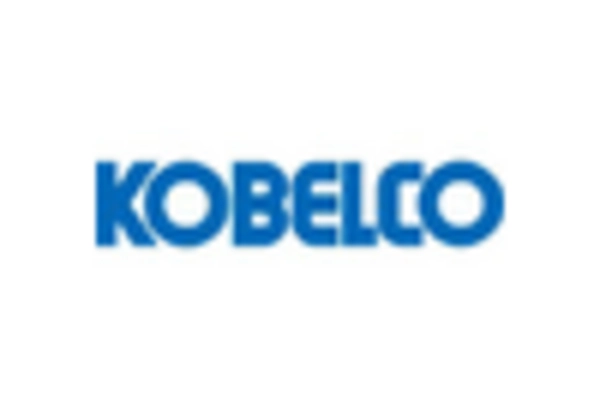
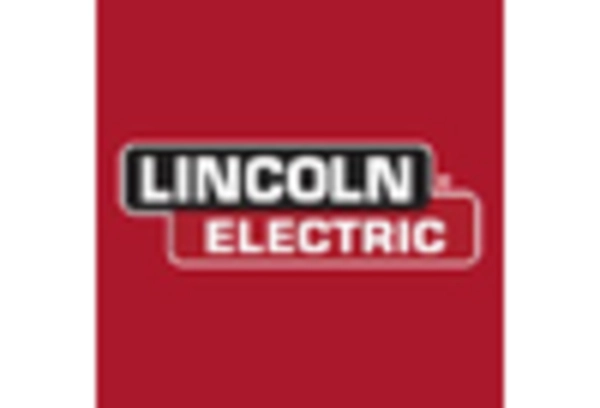
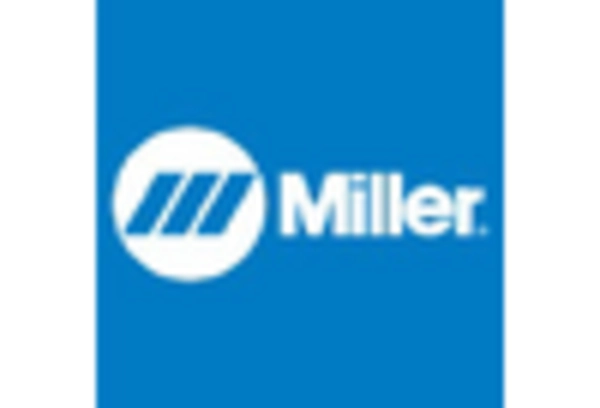
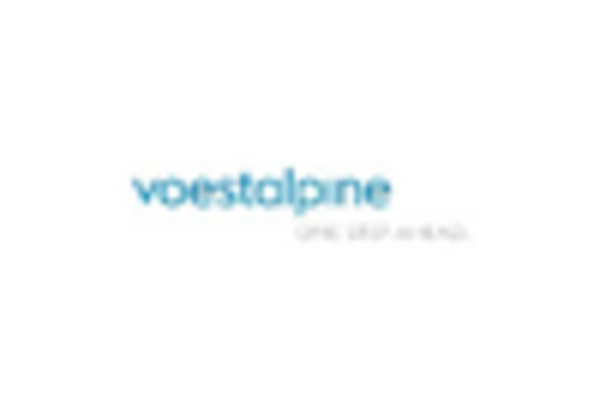








Leave a Comment